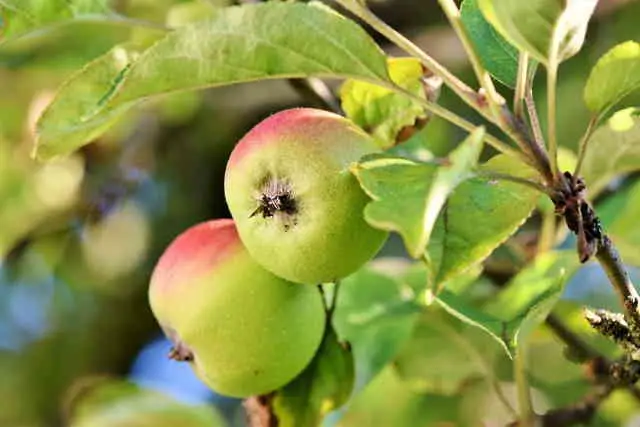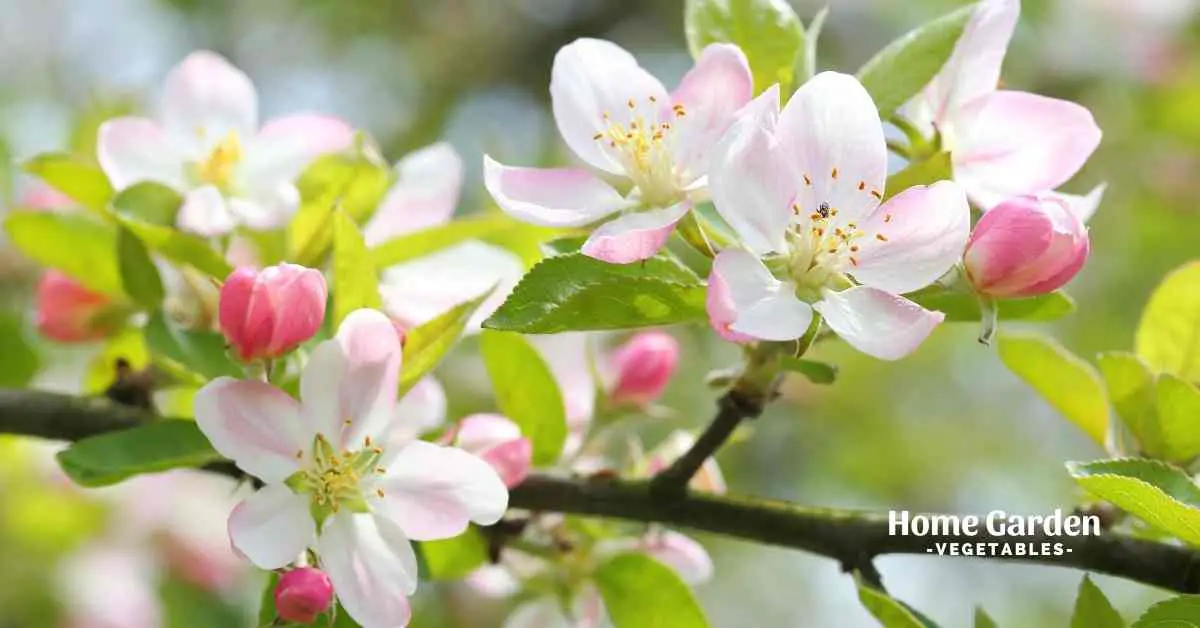Apple trees are a treat to have in the backyard. They’re a beauty when in full bloom in the spring and produce bushels of fruit later in the season, adding color to your dinner table. Not to mention the countless health benefits of consuming apples you’ve been hearing about since childhood!
So if you’re planning to grow an apple tree in your yard, it’s a wonderful idea! Though tending to an apple tree is a rewarding experience for years, there are some considerations to know about before planting the tree, the location of the tree being the most important.
Reader Poll: What online courses would interest you?
The spot that you assign the tree at the time of planting will be its home for the rest of its life, spanning over several years. Give it good thought before you plant the apple tree. Do apple trees need full sun? Will they grow in shade? Will the hottest days of summer be a problem for them? Continue reading and you’ll learn about everything you should consider before deciding where to place your apple tree.

Why Do Apple Trees Need Sunlight
All plants need light to carry out photosynthesis and produce energy for survival. Your apple tree is no different. Other than depending on sunlight for photosynthesis, optimal sunlight is also a requirement for fruit development. You’ll notice that the branches exposed to full sun will stay fruitful for longer and will produce better quality fruit than the branches that are shaded.
When pruning the apple tree, focus on trimming the top of the tree to encourage a wider and open canopy instead of taller and thicker. A wider and shorter canopy ensures that the lower branches can also receive optimal sunlight for fruit development.
Subscribe to our newsletter!
Other than enhancing yield, sunlight also prevents most fungal diseases from advancing and maintains the overall health of the tree.
Sunlight Requirements Of Apples
Apples can survive in a range of different sunlight and shade conditions. However, if you want optimal development of the tree and production of fruit, you’ll want to provide it with full sun. Full sun is considered as exposure to at least 6 hours of unfiltered, direct sunlight each day. If the apple tree can get more than 6 hours of sunlight, that’s even better for its growth.
Other than the number of sunlight hours, the time of the day that they are getting this direct sunlight is also important. An apple tree that receives sun during the morning hours and is shaded during the afternoon is better off than the one that sits in shade during the morning and receives hot, intense sunlight during the afternoon. Young apple trees are especially susceptible to sunburn from intense sunlight.
How To Protect Young Trees From Direct Sun
Young trees can suffer damage from intense sunlight. To protect their limbs from sunlight, you can paint the main trunk and large branches with a mixture made by equal parts of latex paint and water. This coating over the limbs effectively reflects sunlight and protects the tree. A newly planted tree will need protection from the sun for a few seasons in a row until it has a wide canopy that can shade its limbs and protect them from the scorching sun.
Chilling Requirements For Apples
Besides sunlight requirements, apple trees also have chilling requirements. Chill hours are the number of hours the apple tree requires the temperatures to be lower than 45°F. Longer nights and lower temperatures of the fall and winters is when the tree receives its chilling period. The chilling hours are critical to resume growth when the weather warms up. The development of flowers and fruit also depends on these chilling hours that the apple tree receives.
Different varieties have different chilling requirements, which is something you’ll want to consider when choosing the apple cultivar to grow in your backyard. Most apple varieties require about 900 to 1200 chill hours for best fruit production.
However, gardeners living in warmer climates can benefit from low-chill varieties that only require 100 to 400 chill hours. Granny Smith (USDA zones 6 to 9) and Golden Delicious (USDA zones 5 to 10) are especially suited to growing in warmer regions.
Other Considerations When Planting An Apple Tree
Other than a sunny location that gets a minimum of 6 to 8 hours of direct sunlight throughout the day, there are certain other considerations when planting an apple tree in your garden.
- Space standard sized apple trees 18 to 20 feet from each other and at least 8 to 10 feet away from any structures. Those on semi dwarf rootstocks should be spaced 12 to 15 feet from each other while a spacing of 8 to 10 feet needs to be maintained for dwarf apple trees. With less spacing maintained between trees, they’ll be left competing for space, sunlight, water and nutrients and the yield will be significantly lower than the optimal.
- Make sure there are no tall trees in the neighborhood that could block the sunlight from reaching your young apple tree.
- Make sure there are no overhead cables, wires, or any other obstructions that come in the way as the tree gains height. Standard sized apple trees can extend to 20 or even 30 feet high.
- Plant the tree in fertile well-drained soil, with a pH between 6 and 7.
Conclusion
So your apple trees will grow best and when planted in full sun. Young trees may need some protection if it’s too hot, but will get hardier as they grow older. Make sure you select a cultivar that’s well adapted to your climate and provide it with the optimal conditions to enjoy the best yield.

